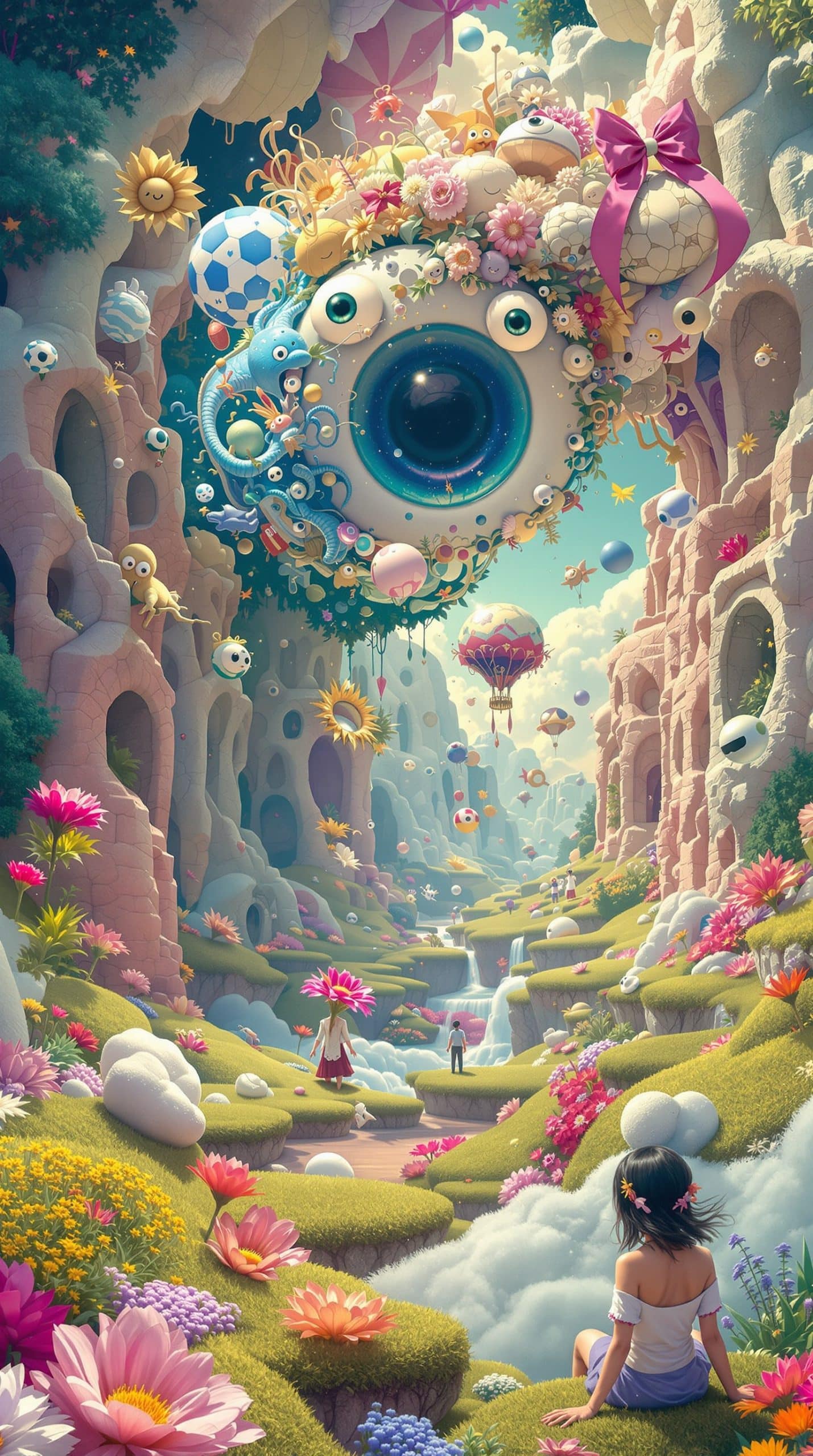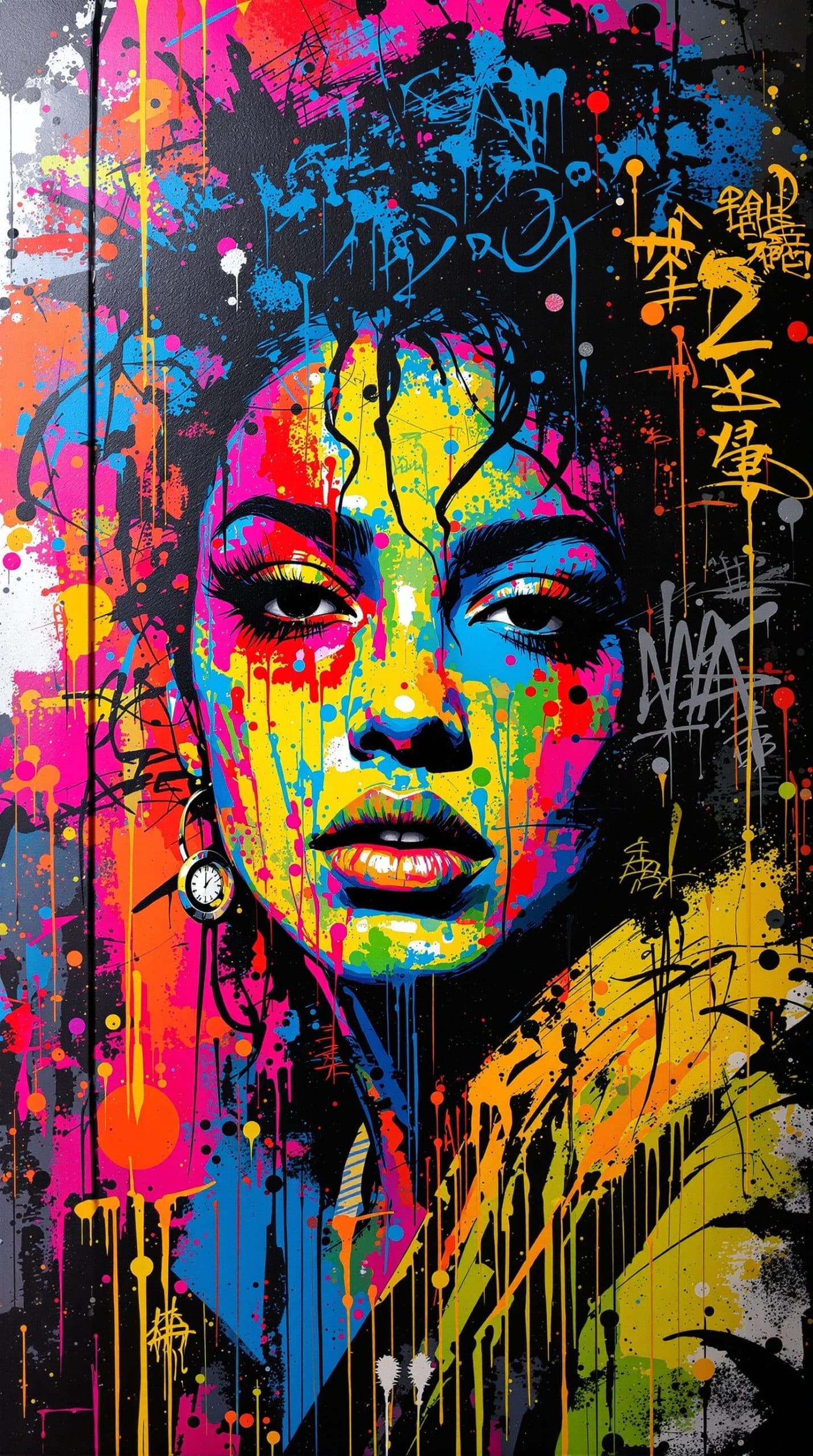Filters
Available Artwork
Artist By Country
Showing all 8 results
Other styles of paintings you may like
Origins of Fine Art Painting:
The history of fine art painting is a rich tapestry that spans from prehistoric times to the modern era, reflecting humanity's evolving understanding of Art and aesthetics. Its origin can be traced back to ancient civilisations such as Greece, Egypt and Rome. Moreover, the Greeks developed techniques such as encaustic painting, which laid the groundwork for future artistic developments. The earliest known paintings date back over 40,000 years, discovered in caves in the district of Maros, Sulawesi, Indonesia. These prehistoric artworks are often constructed from hand stencils and simple geometric shapes.
Well, the concept of Fine Art began to take shape during the 16th-century Renaissance period. However, it was cemented in the 18th century. This period saw the emergence of some of the icons, such as Leonardo Da Vinci and Michelangelo, that elevated painting to a discipline emphasising individual creativity and technical mastery.
Fine Art was defined for the first time by a French philosopher, Charles Batteux. Batteux used the term in his 1746 book "Les Beaux-Arts réduits à un même Principe", which is historically significant as it outlines the first explicit definition of the fine arts and their unifying principle.
The 19th and 20th centuries introduced movements such as Impressionism, Expressionism, and Abstract Art, challenging traditional notions of representation and technique. Moreover, artists like Claude Monet and Wassily Kandinsky explored new ways of seeing and interpreting the world, further expanding the boundaries of fine art painting.


















